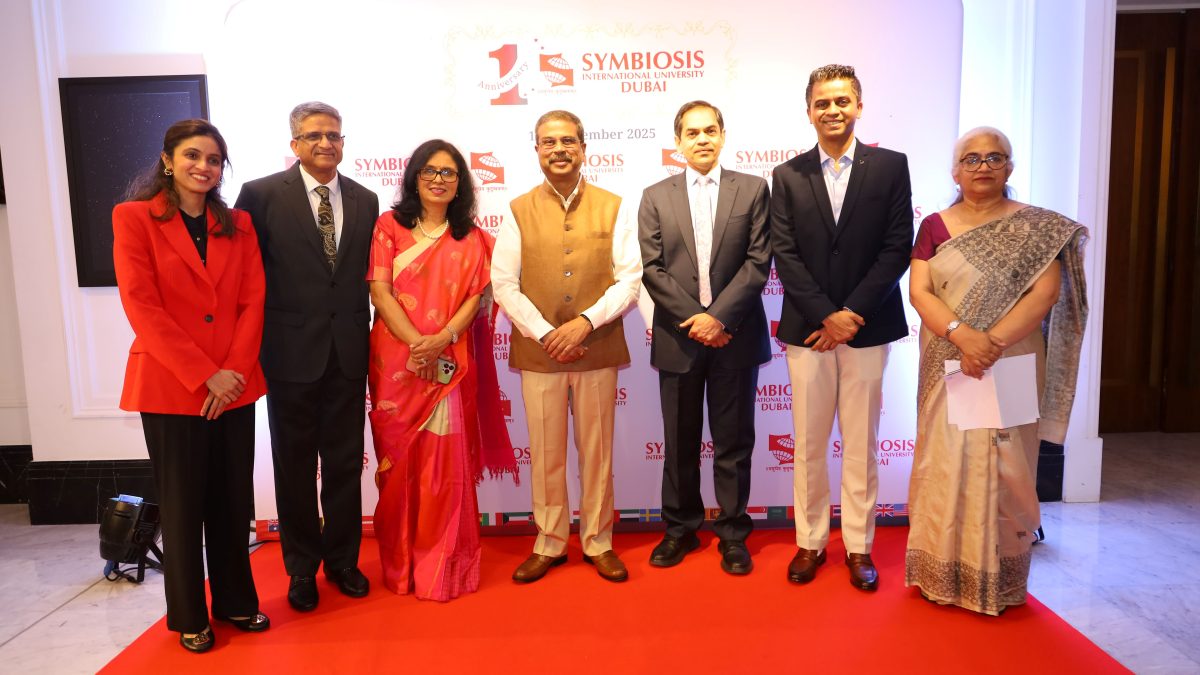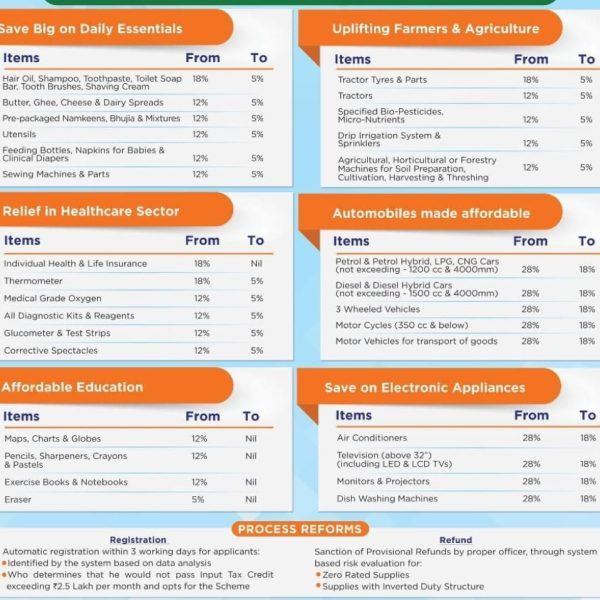Bangalore companies take the lead: 70% offer a sum insured > ₹5L and 72% offer maternity benefits – Plum’s State of Employee Benefits Report 2024
 Companies in Bangalore, across sizes, take the lead in offering employee benefits with 70% offering a sum insured above ₹5L and upwards of 72% offer maternity benefits. Compared to companies in Delhi where 68% offer a sum insured >₹5L and 63% offer maternity benefits. Followed by Mumbai where only 60% companies offer a sum insured >₹5L and 62% offer maternity benefits per data revealed by Plum’s flagship report, The State of Employee Benefits 2024.
Companies in Bangalore, across sizes, take the lead in offering employee benefits with 70% offering a sum insured above ₹5L and upwards of 72% offer maternity benefits. Compared to companies in Delhi where 68% offer a sum insured >₹5L and 63% offer maternity benefits. Followed by Mumbai where only 60% companies offer a sum insured >₹5L and 62% offer maternity benefits per data revealed by Plum’s flagship report, The State of Employee Benefits 2024.
In terms of claims as well, Bangalore has an average claim size of ₹73,000, Delhi is at ₹62,375 and Mumbai has the highest average claim size of ₹92,796. This directly corroborates with the cost of living that stands thus:
Bangalore – ₹1,29, 564 (for a family of four, excluding rent)
Mumbai – ₹1,10,233 (for a family of four)
Delhi – ₹1,12,000 (for a family of four)
(source)
It is therefore interesting to note that the best benefits come from financial services, IT services and consulting businesses, SaaS companies and software development firms follow. Whereas healthcare and real estate lag behind, with companies in manufacturing being somewhere at an average.
Healthcare expenses are on the rise.
Cardio-vascular diseases see the most claims, followed by cancer, injuries and maternity and related complications. Delhi, especially, sees higher respiratory conditions with Bangalore and Mumbai having the highest cardiovascular conditions according to data by The National Health Profile 2022.
Commenting on the findings, Abhishek Poddar, Cofounder and CEO of Plum said, “Lifestyle diseases and the cost of healthcare are on the rise. Depending on the city, healthcare costs can go up 2-3x even for common ailments. Companies that care, have to keep in mind the cost of living, healthcare and also the salary range when devising sustainable benefits, that will go a long way in creating employee peace of mind.”
As per data from the Centre for Monitoring Indian Economy’s Consumer Pyramids Household Survey (CMIE-CPHS), Indian households spent over ₹120 million on healthcare related expenditure as of November 2022 – where urban India accounted for 42.3% and 57.7% of the expenditure came from rural India. The average Indian household spent ₹3632 on healthcare as of FY 2022. Data compiled by the World Bank noted that almost 55% of all expenditure on healthcare in India is out-of-pocket. This is alarming as a single major healthcare emergency can drive a family towards bankruptcy.
What can companies do?
Saurabh Arora, Cofounder and CTO of Plum said, “Challenging market conditions shouldn’t prevent caring companies from offering tailored benefits. We’ve been collaborating with our clients to create sustainable policies that benefit both employers and employees. We are observing a 110% increase in first time buyers of group health insurance investing in primary health care initiatives for their employees.”
That apart, modern benefits that the top 10%ile companies are adopting include telehealth (including mental health support), OPDs and flexible benefits which personalise the healthcare experience of employees. Moving with the times, IRDAI is also making insurance more comprehensive by including modern treatments as part of insurance coverage. Examples include balloon sinuplasty, robotic surgeries, oral chemotherapy, stem cell therapy and more. 90% of these treatments cost above ₹1,00,000.
While it is important to acknowledge the needs of employees across cities, it is also important to keep in mind the cost of living, CTCs and cost of healthcare while devising sustaining policies. The trends though (across cities) are encouraging – median insurance coverage is up 66%, preventive healthcare usage has jumped 110%, flexible benefits adoption has doubled and there is a 15% increase in companies offering maternity benefits.
The State of Employee Benefits is Plum’s annual benefits report card gleaning over 4500 policies to draw insights on how companies (2-5000+ employees), design and define their benefits plan. This year, Plum has published Edition 2 – go here for a deep dive.








